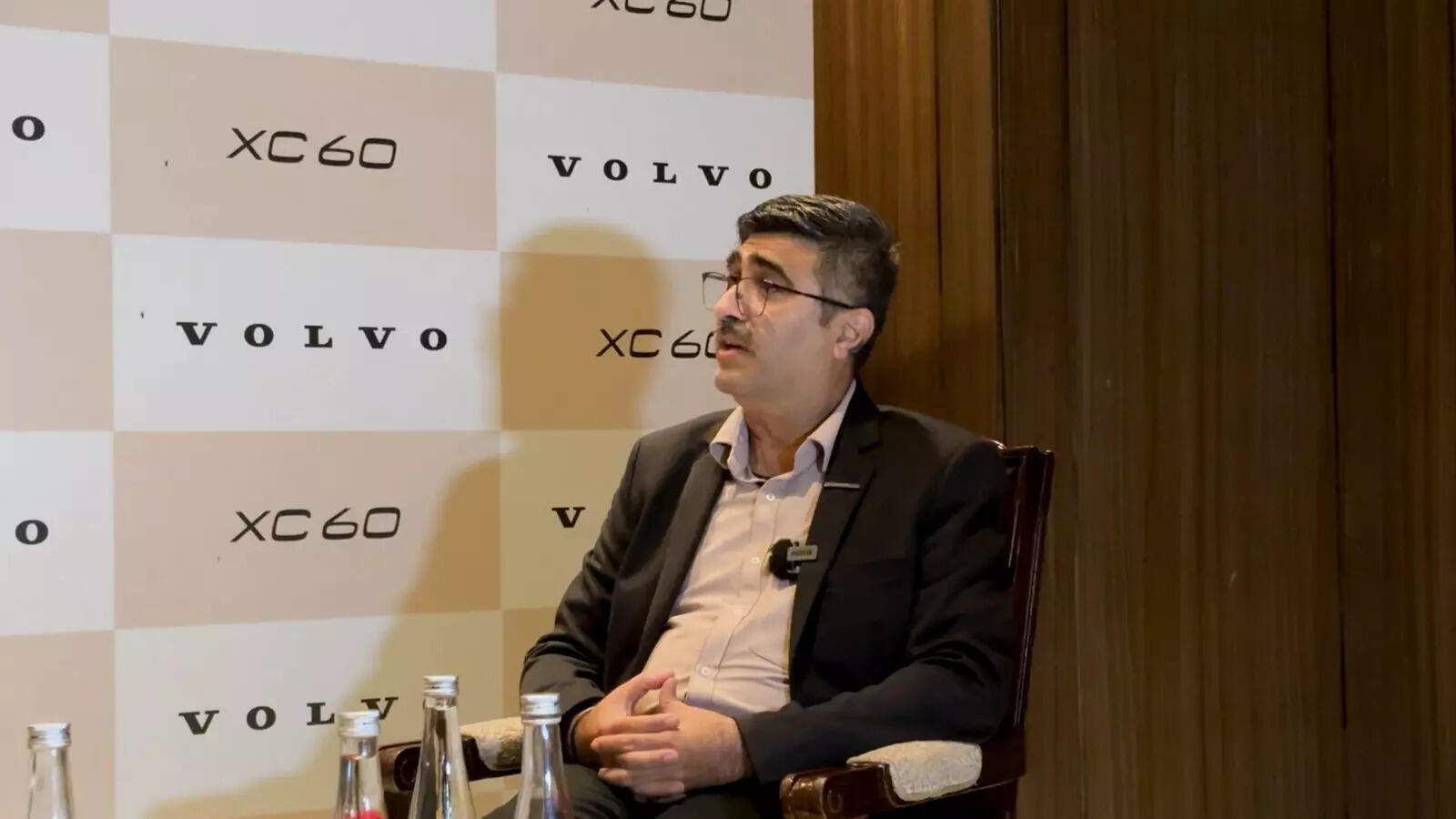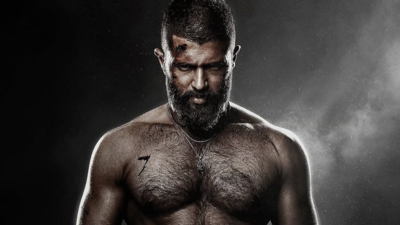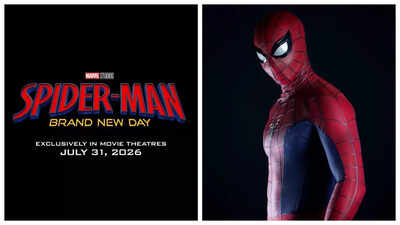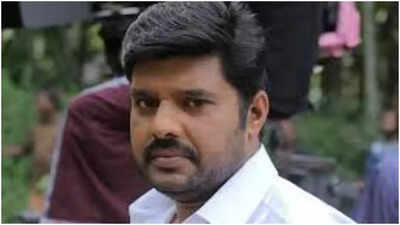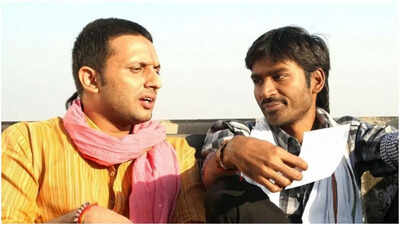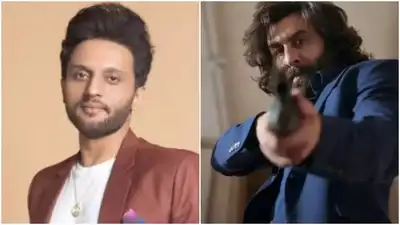Eyes of Wakanda is now streaming on Disney+.
Marvel Studios Animation has only been making original animated series for Disney+ for four years, but in that time they’ve assembled an eclectic library that runs a gamut of styles and tones: The Saturday-morning throwback of X-Men ’97the Ditko-and-Romita-panels-come-to-life look of Your Friendly Neighborhood Spider-Manthe bite-sized galactic adventures of I Am Groot. To date, their most visually arresting series has been What If…? – but that timeline-hopping head trip receives some stiff competition from the new four-episode anthology Eyes of Wakanda.. The brainchild of long-time Marvel Studios storyboard artist Todd Harris, Eyes of Wakanda swings for the fences with an elevated mix of 2D and CG animation, luminous production design from The Princess and the Frog’s Craig Elliott and rich art direction from The Boxtrolls’ August Hall. Unfortunately, the stories that drive these episodes aren’t operating on the same level. It’s a 50/50 assortment, with the opening and closing episodes best exemplifying the potential of an animated series tracking the history of Wakanda’s secret spies, the Hatut Zeraze – also known as The War Dogs.
Their long-standing mission is to blend into the outside world to retrieve lost Vibranium artifacts that, if they fall into the wrong hands, could expose or bring harm to Black Panther’s hidden kingdom. In the first season, Eyes of Wakanda covers four key moments in their history, spanning the Bronze Age, the Trojan War, the start of China’s Ming dynasty, and the First Italo-Ethiopian War. The episodes are distinct in their visual storytelling, leaning into the cultural aesthetics of their period settings and accurate depictions of the people who live there. If there’s a throughline, it’s in the variety of conflicts that give Harris and his fellow Eyes of Wakanda director John Fang ample opportunity for inventive action sequences and fighting styles.
Another plus for Eyes of Wakanda is how it fits within the Marvel Cinematic Universe. These are largely stand-alone stories, so they’ll connect with viewers whether or not they’ve seen the Black Panther movies. Everything you need to know is contained within the episodes’ half-hourish runtimes, and there’s resolution and closure to each story, which means there’s nothing taxing about investing in any given episode. But not even a series this distinct can escape the MCU’s “everything is connected” ethos, and the first-season finale (unnecessarily) succumbs to plugging Eyes of Wakanda into the wider franchise.
The best episodes – the series opener “Into the Lion’s Den” and the finale “The Last Panther” – succeed because they reveal new aspects of Wakanda to the viewer. Eyes of Wakanda gets closest to finding its sweet spot when it centers on its original characters – like failed Dora Milaje candidate Noni (voiced by Winnie Harlow) – or when it digs into the Afrofuturist side of the movies by fusing Wakandan technology with sci-fi concepts. But the middle episodes “Legends and Lies” and “Lost & Found,” suffer from predictable plotting. They’re also held back by clunky mixes of humor and pathos and some heavy-handed messaging.
Both the positives and negatives of Eyes of Wakanda makes the series’ short episode order feel unfair. Four episodes isn’t enough for Harris and team to establish a consistent tone, or fully demonstrate the potential of their premise. Because there are so few episodes here, Eyes of Wakanda never finds its creative groove; it feels more like a sampler than a cohesive season of TV.
That doesn’t apply to the animation, though. Studio AKA’s stunning, sepia-toned title sequence gloriously teases all four stories with elegant 2D animation, while Axio Animation does stellar work within the body of every episode. The color palettes are vibrant, the lighting is dramatic, and it’s clear how much time and passion was imbued into each frame. Elliott’s backgrounds are frame-worthy and demand that viewers click the pause button here and there to soak up the depth and breadth of their gorgeous imagery.

















